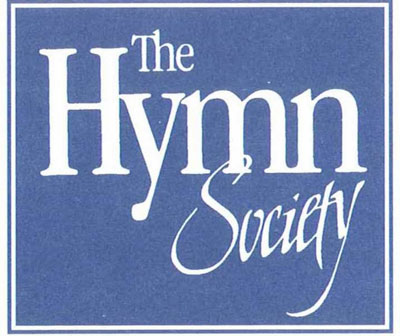History of Hymns: "Two Fishermen" by Suzanne Toolan
By T. Wes Moore

Suzanne Toolan
“Two Fishermen”
by Suzanne Toolan
The Faith We Sing, No. 2101
One of the simplest, yet most profound, types of hymns are those of folk origins or influences. Typically, folk hymns tell a story and normally do not include an author or composer because the source is unknown. However, knowing who wrote the text or the melody is inconsequential. Although, what is important is that the tune and text are being sung and transmitted to another generation. With each new generation that sings the folk songs, there are new additions. Moreover, each person becomes an editor for that particular song. Since folk music is “of the people,” it would seem appropriate that people take ownership in the songs of their particular communities.1 The most obvious example of this type of hymnody is “Lord of the Dance” (The United Methodist Hymnal, 261). The tune has unknown beginnings, but the author of the text, Sydney Carter, is known.
Since the explosion of hymnody in the latter half of the 20th century, folk hymns have experienced growth in the repertoire. They are typically authored and composed by the same person, and they often focus on social concerns, shake up the status quo, and use simple and direct language that is more conversational and lacks sophisticated poetic devices.2 The tunes are similar to the texts; they are usually simple in their structure and do not contain chromaticism. Even in the absence of sophistication, however, unlike tunes from other streams of hymnody, the melodies are “strong and durable.”3
Another hymn writer from the folk stream is Suzanne Toolan, who wrote “Two Fishermen.” She was born in 1927 in Lansing, Michigan, and is a Sister of Mercy. Toolan currently leads Taizé evening prayer every month at the Mercy Center in Burlingame, California.4 The tune of this hymn, LEAVE ALL THINGS BEHIND, was written by the author and published in 1970. Sixteen years later, the text followed. The hymn reflects the story of Jesus calling the disciples in the synoptic Gospels, so it can be used in each cycle of the Revised Common Lectionary.
Toolan’s words appear in The Faith We Sing as four stanzas with a refrain. Each stanza is from the point of view of the narrator, while the refrain is the voice of Jesus calling all people to "leave all things you have" and rise up and follow him. Stanza one paints a picture of two fishermen (Peter and Andrew) who lived along the Sea of Galilee. As they are casting their nets into the water, Jesus calls their names, and the lives of "these simple men" will “never be the same.”
The second stanza describes Jesus walking farther along the shoreline where he finds James and John, the Sons of Thunder. Without questioning Jesus' call to them, they follow their new Teacher. Although James and John work with their father in the family business, they leave their boats and their father behind and come “without regret."
In stanza three, the focus slightly shifts. The narrator recalls the disciples Jesus called by the Sea of Galilee and states that they "heard Christ's call to speak good news revealed to God's own Son." Also in this stanza, Susanna, Mary, and Mary Magdalene are introduced. They are representative of the countless women in the scriptures (named and unnamed) who were just as dedicated, if not more dedicated than their male counterparts, in their ministries with Jesus.
Finally, the narrator turns the attention toward us. We are summoned to "follow Jesus' way" and leave all things that bind us "to trappings" of today. Also, the narrator tells us to listen to Jesus "as he calls” our name to rise up and follow him, for he still speaks today and is alive and at work in our lives and in our world. While Jesus calls "in varied ways," we are reminded that it is our responsibility to listen to Christ's voice, "leave all things," and follow.
If one is tired of the doldrums of merely hearing scriptures read without any inflection or imagination, then this could be a good way to bring new life to a worship service. Keep the accompaniment to a minimum by using a piano or guitar on the hymn and use a soloist and/or choir as the part of the narrator while the congregation sings the part of Jesus. The words and melody are so simple that the congregation can do this without a book in their hands or words on a screen, though it is not necessary.
1Hawn, C. Michael, ed. New Songs of Celebration Render: Congregational Song in the Twenty-First Century (Chicago, GIA Publications, Inc., 2013), 131.
2 ibid., 132-3.
3 Ibid., 132.
4 Ibid., 155.
About this month’s guest writer:
T. Wes Moore is a 2009 graduate of the Sacred Music program at Perkins School of Theology in Dallas, Texas and a member of the Hymn Society in the United States and Canada. After four years of full-time music ministry in Shreveport, Louisiana, he returned to seminary to continue discerning his call to ordained ministry in the Presbyterian Church (USA). Currently, he is a first-year student at Union Presbyterian Seminary in Richmond, Virginia.
This article is provided as a collaboration between Discipleship Ministries and The Hymn Society in the U.S. and Canada. For more information about The Hymn Society, visit thehymnsociety.org.


Contact Us for Help
View staff by program area to ask for additional assistance.
